The finish line is in sight. Time away from computer screens, your children playing outside, barbecues, beaches…. In the past few months, “You have reimagined your limits. Set your sights higher and you have gone further than you have before…a statement of passion– commitment. It is a test of physical toughness and mental strength.” You have nearly completed a 2.4 mile swim, a 112 mile bike course, and a full marathon 26.2 run. You are in the chute. You are on your way to becoming an Ironman.

Lake Placid, 2014
Amy’s sister, our hero, is a 4-time Ironman finisher. That last quarter mile or so of the race is awesome but grueling. Blasted music, bright lights, cheering fans, and the magical finish line where the announcer says the famous line they waited all day to hear. For many, this happens late at night, and though exhausted, they find their last ounces of energy to run, arms raised in triumph.
Last week @TonySinanis challenged everyone to a strong finish: “What will you remember? People will remember how this ends.” “Let’s think about how we will empower educators, students, and families to feel like they will be ready no matter what comes before them, but they have been successful in what they have accomplished.”
Where’s the Glory?
In our April blog, we encouraged you to think about what’s next. Now you have a few valuable weeks to engage in actions that will inform and maximize your summer planning and help you strive for high quality learning for all when you reopen (even with our uncertainties).
You have the chance to
- identify strategies and tools that are having a positive impact on learners based on evidence gathered
- make informed decisions about necessary professional learning for next year
- determine how you will provide personalized support for teachers
- support teachers in identifying areas for personal and professional growth, potentially to explore over the summer after they decompress
Strive to collaboratively answer with your teachers:
- Is learning occurring (and to what level)?
- If it is, how do we replicate it when school returns (in any form/model)?
- If no, what can we do about it?
The Finishing Kick
Peers, coaches, and administrators can take steps to
- “visit” classrooms (whatever that might look like within your current model)
- review varied types of student artifacts
- identify teacher and learner needs and strengths
- provide feedback
The power of feedback has never been more evident as teachers work to support students in our new environments. Inspired by a fellow Corwin author’s resources last week, and because our teachers are learners, we worked to identify 20 possible ways anyone could give feedback to any learner across varied models using three modes of delivery (verbally, In writing, & through video)…and we know there are more!
Peers, coaches, and administrators have the opportunity now to gather information, promote reflection, and provide feedback in quick snippets to support growth, identify needs, celebrate successes in teaching and learning, and to inform planning. Imagine an assistant principal “visiting” a teacher’s Flipgrid “topics” and reviewing submitted student videos along with the feedback the teacher provided them. Then, imagine the assistant principal creating a 3-4 minute screencast highlighting notable outcomes and sharing with a teacher, who can view when he/she has a few minutes before engaging with the administrator in a quick Meets chat.
Crossing the Finish Line

Challenge yourselves to a strong finish:
- Send out a survey (tomorrow!) to collect perception data from students, families, and/or teachers. What is having an impact? How do you know? What is still challenging? What’s not working? Why?
- Ask teachers to identify their current “stage” using our 4 Stages Tool
- Engage in dialogue with teams and individuals to identify targeted areas of focus or need
- Create a Google form for organizing information gathering
- Have teachers share access to their “classrooms”
(Seesaw)
(Flipgrid)
(Google)
- Conduct a broad sweep of classrooms and student work to answer key questions aligned to the goals, actions, and expectations within our stages using adapted strategies.
- Conduct more refined “classroom visits” and artifact reviews in alignment with a collaborative goal (e.g. In what ways can we/are we creating communities and opportunities for students to engage in discourse or to collaborate?)
- Give feedback using methods that make sense
Consider, “What makes sense for the receiver?” and “What makes sense for the provider?”
- Focus on efficiency especially in the time it takes for a receiver to review or a provider to prepare. Consider comfort zones but don’t be afraid to try 1-2 new methods we are presenting.
- Focus on effectiveness and the end goals: support, identifying needs, building on strengths, and increasing efficacy.
Some things to consider when selecting methods:
| Video (live or recorded) | Helps to strengthen relationships or make connections Feels more personalFacial expressions and emotion are apparent |
| Written | Can convey short snippets of information right on artifacts/allows for annotating or taggingIs a familiar method Can be quicker (use Google shortcuts or feedback banks to help) |
| Verbal (live or recorded) | Emotion and/or tone is apparent Feels more personalCan be quicker, more natural than typing or creating a videoCan explain visuals without long written sections |
(And, of course, check with your district’s policies before using any tools with students or teachers.)
Regardless of what you choose, effective feedback is learner-focused and feeds forward because it:
- Helps a teacher analyze his/her impact on engagement and learning
- Promotes collaboration and reflection
- Results in actionable next steps built on strengths
How will you remember your last few miles?
The crowds are cheering you on, the lights are bright, and “Don’t Stop Believin” is playing.
You are an Ironman.
Many thanks to @JoeCappadonia, @SFellows01, & @RACzyz for feedback on our infographics!
Let’s stay connected – Sign up for our mailing list
Twitter: Amy @ATep46 Patrick @ReVISION_Learng
Order our books Feedback to Feed Forward: 31 Strategies to Lead Learning and Learner-Focused Feedback: 19 Strategies to Observe for Impact today!


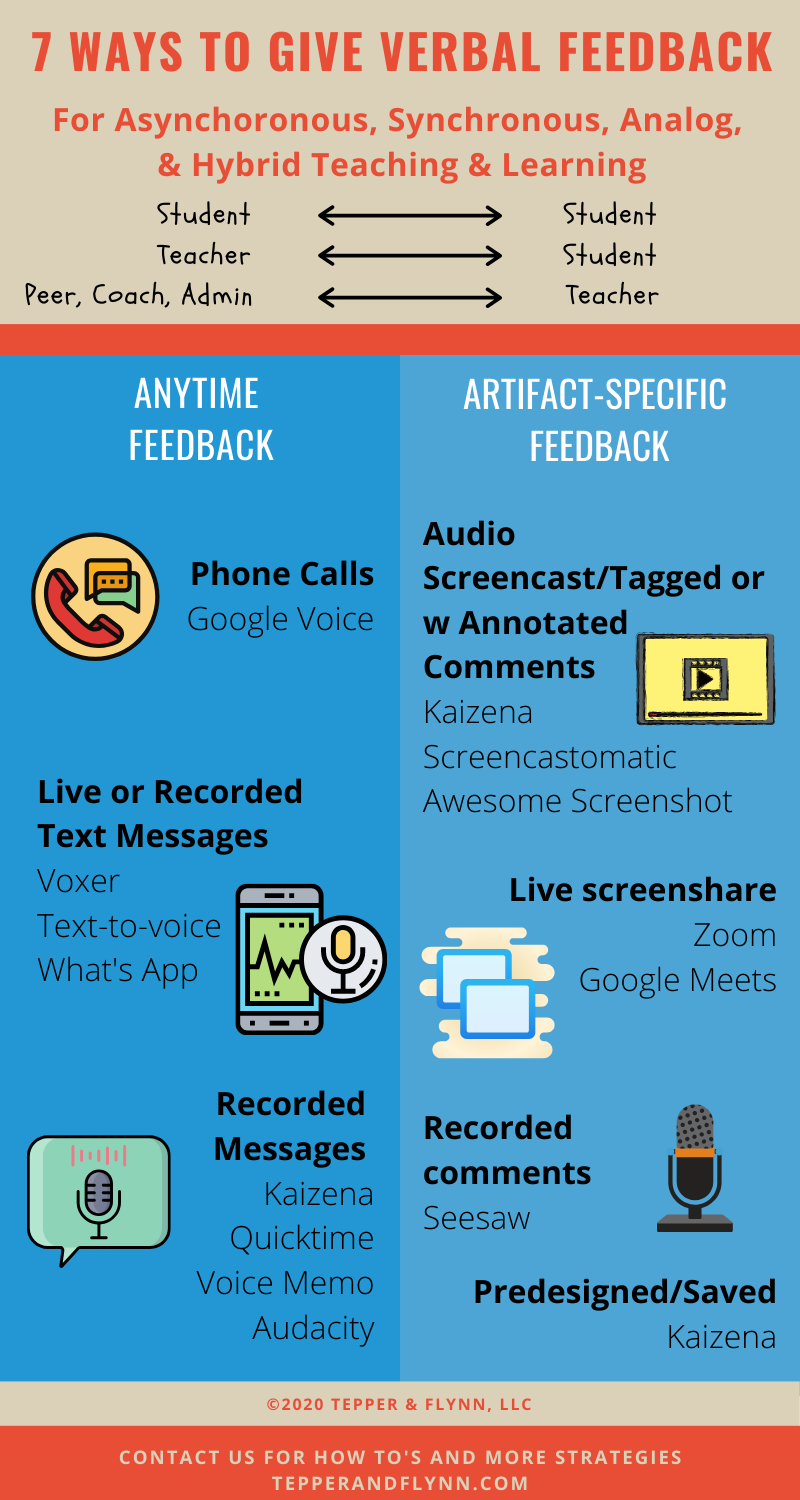
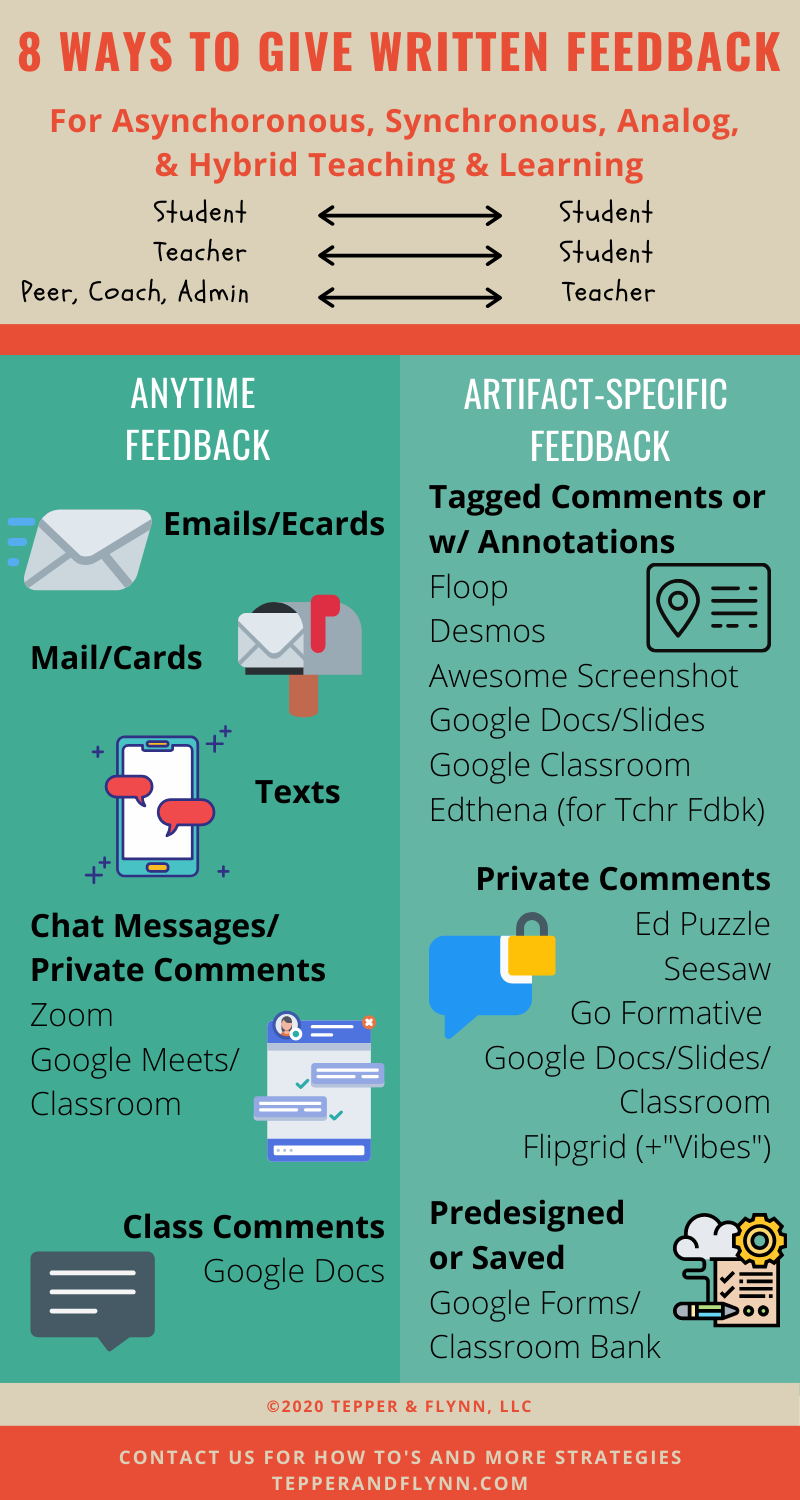
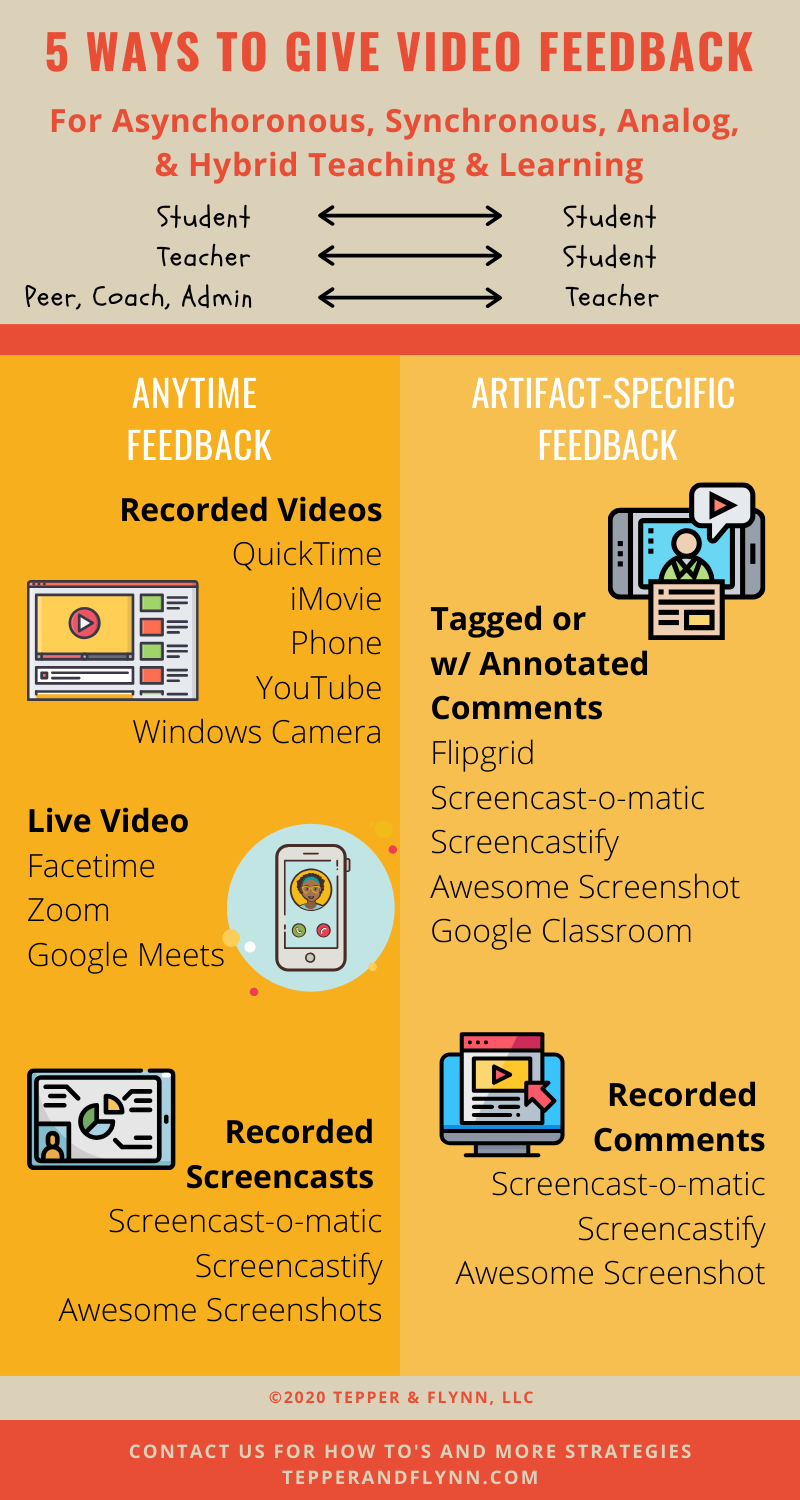
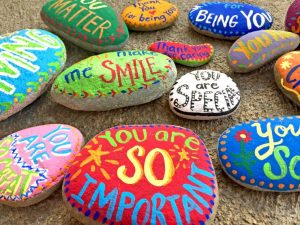


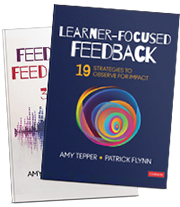
Leave a Reply